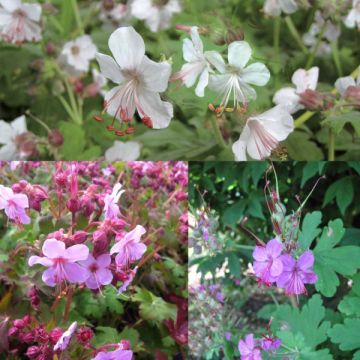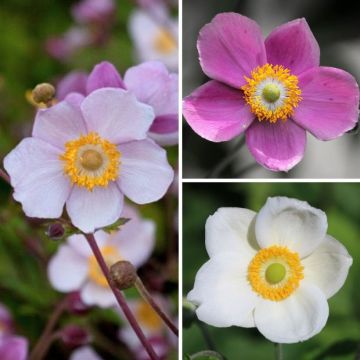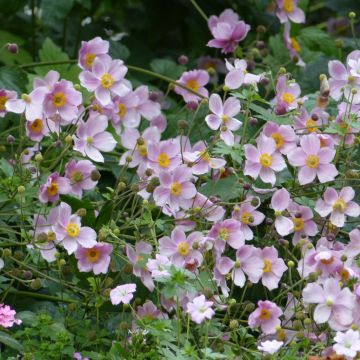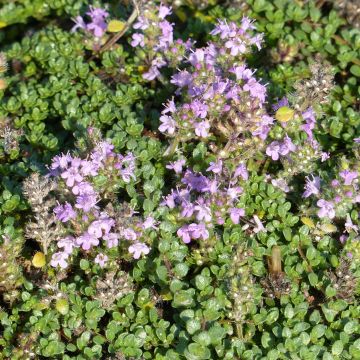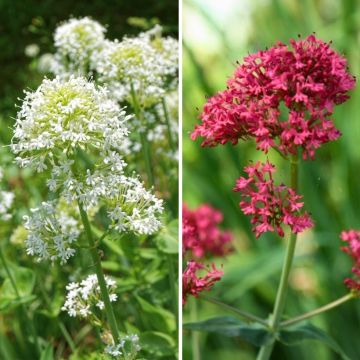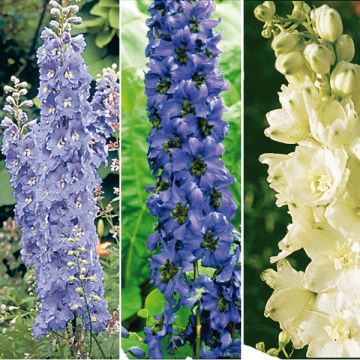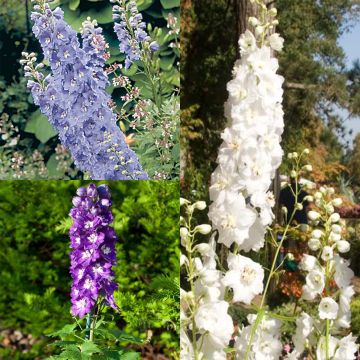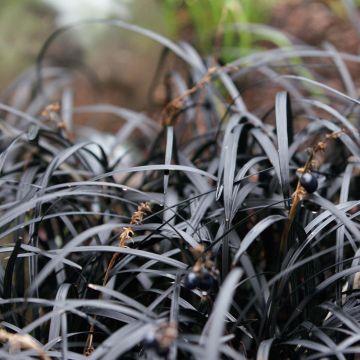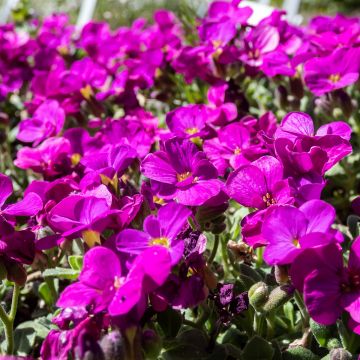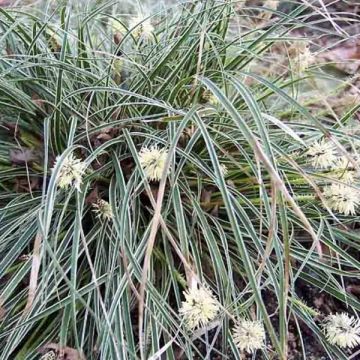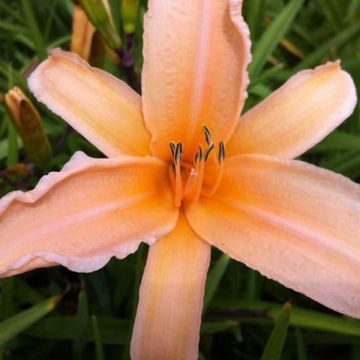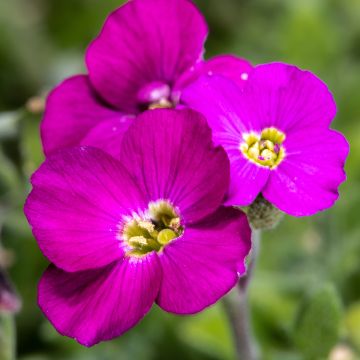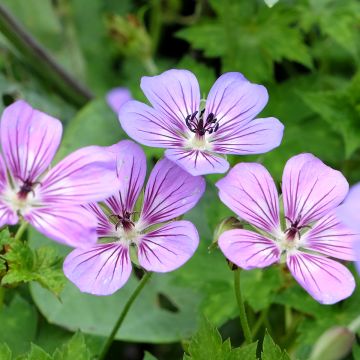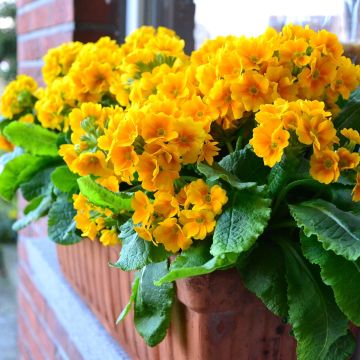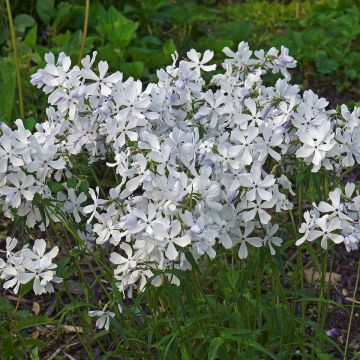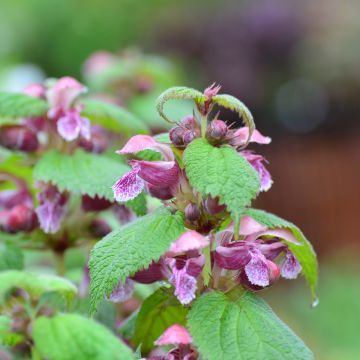Shipping country and language
Your country of residence may be:
Your country of residence is:
For a better user experience on our website, you can select:
Your shipping country:
-
Andorra
-
Austria
-
Belgium
-
Bulgaria
-
Canada
-
Chile
-
Croatia
-
Cyprus
-
Czechia
-
Denmark
-
Estonia
-
Finland
-
France
-
Germany
-
Greece
-
Hungary
-
Iceland
-
Ireland
-
Italy
-
Latvia
-
Lithuania
-
Luxembourg
-
Malta
-
Monaco
-
Netherlands
-
Poland
-
Portugal
-
Romania
-
Slovakia
-
Slovenia
-
Spain
-
Sweden
-
Switzerland
-
United Kingdom
We only deliver seed and bulb products to your country. If you add other products to your basket, they cannot be shipped.
Language:
-
French
-
German
-
Spanish
-
English
-
Italian
My Account
Hello
My wish lists
Log in / Register
Existing customer?
New customer?
Create an account to track your orders, access our customer service and, if you wish, make the most of our upcoming offers.
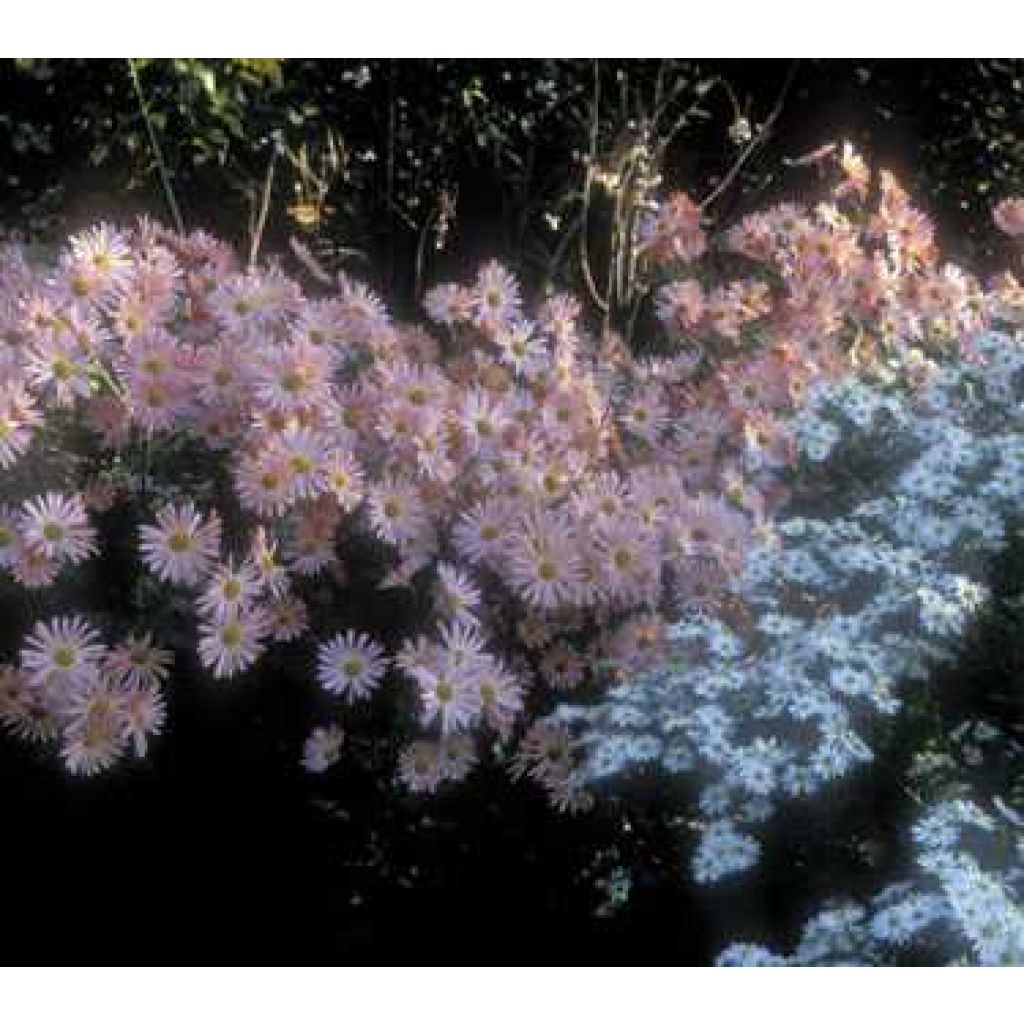

Dendranthema Hillside pink sheffield
Dendranthema Hillside Pink Sheffield
Dendranthema x grandiflorum Hillside Pink Sheffield
chrysanthemum
Why not try an alternative variety in stock?
View all →Order in the next for dispatch today!
Dispatch by letter from €3.90.
Delivery charge from €5.90 Oversize package delivery charge from €6.90.
More information
This item is not available in your country.
Schedule delivery date,
and select date in basket
This plant carries a 12 months recovery warranty
More information
We guarantee the quality of our plants for a full growing cycle, and will replace at our expense any plant that fails to recover under normal climatic and planting conditions.
From €5.90 for pickup delivery and €6.90 for home delivery
Express home delivery from €8.90.
Does this plant fit my garden?
Set up your Plantfit profile →
Description
Hillside Pink Sheffield Garden Chrysanthemum, also known as Dendranthema x grandiflorum, is a very hardy perennial plant that flowers late in the season, just like autumn daisies. This beautiful variety produces charming single flowers, ranging from coppery pink to soft salmon pink and then pale pink around a yellow centre. The plant forms a broad and dense, natural clump that blends easily into the garden.
Chrysanthemum x grandiflorum (synonym Dendranthema) belongs to the Asteraceae family. It is a complex hybrid obtained through the cross-breeding of several species from East Asia (C. vestitum, C. indicum, C. lavandulifolium, C. nankingense) and Siberia (C. zawadskii). It is a perennial plant that flowers in autumn, also known as Autumn Chrysanthemum or Horticultural Chrysanthemum. The 'Hillside Pink Sheffield' cultivar forms a bush approximately 55 cm (22in) tall and 70 cm (28in) wide. It has a relatively fast growth rate. Its stems become woody at the base and are slightly spreading, velvety, numerous, and gathered in a dense clump. Flowering occurs in September-October with numerous daisy-shaped, single, 5 cm (2in) in diameter, flower heads. The outer petals or ligules change colour and fade over time. The central disc consists of tiny yellow fertile flowers. The thick leaves are triangular-ovate, with toothed or lobed segments along the edges. They measure up to 10 cm (4in) long and are dark green and hairy. When crushed, they emit a characteristic odour. The plant is deciduous, it emerges from the ground in spring and dies back in winter.
Chrysanthemums and autumn daisies require a sunny exposure, light, fertile, not too dry but moist soil. These perennials are hardy to at least -15°C. To maintain a compact habit, the stems can be pruned to 20-30 cm (8-12in) in spring, to encourage branching. Garden chrysanthemums offer immense resources during a less flowery time of the year and pair remarkably well with autumn colours. They can be associated with asters in complementary colours. Their blooms can be lightened by cosmos, Japanese anemones, and shrubby salvias... They are particularly interesting when combined with grasses such as Carex, Stipa, and Pennisetum.
Report an error about the product description
Flowering
Foliage
Plant habit
Botanical data
Dendranthema
x grandiflorum
Hillside Pink Sheffield
Asteraceae
chrysanthemum
Cultivar or hybrid
Other Perennials A to Z
Planting and care
Autumn daisies and garden chrysanthemums require a sunny exposure, light, slightly acidic to slightly chalky, fertile and not too dry to moist soil. These perennials are hardy to -15 °C. To maintain a compact habit, the stems can be pruned back to 30 cm (12in) in spring to force the plant to branch out. A second pinching in the summer allows for more flowers but they will be smaller. Water once a week in summer if it doesn't rain and apply a complete organic fertilizer in autumn. In a pot, water more frequently and apply a liquid feed for flowering plants every eight days from July until the buds colour.
Planting period
Intended location
Care
This item has not been reviewed yet - be the first to leave a review about it.
Haven't found what you were looking for?
Hardiness is the lowest winter temperature a plant can endure without suffering serious damage or even dying. However, hardiness is affected by location (a sheltered area, such as a patio), protection (winter cover) and soil type (hardiness is improved by well-drained soil).

Photo Sharing Terms & Conditions
In order to encourage gardeners to interact and share their experiences, Promesse de fleurs offers various media enabling content to be uploaded onto its Site - in particular via the ‘Photo sharing’ module.
The User agrees to refrain from:
- Posting any content that is illegal, prejudicial, insulting, racist, inciteful to hatred, revisionist, contrary to public decency, that infringes on privacy or on the privacy rights of third parties, in particular the publicity rights of persons and goods, intellectual property rights, or the right to privacy.
- Submitting content on behalf of a third party;
- Impersonate the identity of a third party and/or publish any personal information about a third party;
In general, the User undertakes to refrain from any unethical behaviour.
All Content (in particular text, comments, files, images, photos, videos, creative works, etc.), which may be subject to property or intellectual property rights, image or other private rights, shall remain the property of the User, subject to the limited rights granted by the terms of the licence granted by Promesse de fleurs as stated below. Users are at liberty to publish or not to publish such Content on the Site, notably via the ‘Photo Sharing’ facility, and accept that this Content shall be made public and freely accessible, notably on the Internet.
Users further acknowledge, undertake to have ,and guarantee that they hold all necessary rights and permissions to publish such material on the Site, in particular with regard to the legislation in force pertaining to any privacy, property, intellectual property, image, or contractual rights, or rights of any other nature. By publishing such Content on the Site, Users acknowledge accepting full liability as publishers of the Content within the meaning of the law, and grant Promesse de fleurs, free of charge, an inclusive, worldwide licence for the said Content for the entire duration of its publication, including all reproduction, representation, up/downloading, displaying, performing, transmission, and storage rights.
Users also grant permission for their name to be linked to the Content and accept that this link may not always be made available.
By engaging in posting material, Users consent to their Content becoming automatically accessible on the Internet, in particular on other sites and/or blogs and/or web pages of the Promesse de fleurs site, including in particular social pages and the Promesse de fleurs catalogue.
Users may secure the removal of entrusted content free of charge by issuing a simple request via our contact form.
The flowering period indicated on our website applies to countries and regions located in USDA zone 8 (France, the United Kingdom, Ireland, the Netherlands, etc.)
It will vary according to where you live:
- In zones 9 to 10 (Italy, Spain, Greece, etc.), flowering will occur about 2 to 4 weeks earlier.
- In zones 6 to 7 (Germany, Poland, Slovenia, and lower mountainous regions), flowering will be delayed by 2 to 3 weeks.
- In zone 5 (Central Europe, Scandinavia), blooming will be delayed by 3 to 5 weeks.
In temperate climates, pruning of spring-flowering shrubs (forsythia, spireas, etc.) should be done just after flowering.
Pruning of summer-flowering shrubs (Indian Lilac, Perovskia, etc.) can be done in winter or spring.
In cold regions as well as with frost-sensitive plants, avoid pruning too early when severe frosts may still occur.
The planting period indicated on our website applies to countries and regions located in USDA zone 8 (France, United Kingdom, Ireland, Netherlands).
It will vary according to where you live:
- In Mediterranean zones (Marseille, Madrid, Milan, etc.), autumn and winter are the best planting periods.
- In continental zones (Strasbourg, Munich, Vienna, etc.), delay planting by 2 to 3 weeks in spring and bring it forward by 2 to 4 weeks in autumn.
- In mountainous regions (the Alps, Pyrenees, Carpathians, etc.), it is best to plant in late spring (May-June) or late summer (August-September).
The harvesting period indicated on our website applies to countries and regions in USDA zone 8 (France, England, Ireland, the Netherlands).
In colder areas (Scandinavia, Poland, Austria...) fruit and vegetable harvests are likely to be delayed by 3-4 weeks.
In warmer areas (Italy, Spain, Greece, etc.), harvesting will probably take place earlier, depending on weather conditions.
The sowing periods indicated on our website apply to countries and regions within USDA Zone 8 (France, UK, Ireland, Netherlands).
In colder areas (Scandinavia, Poland, Austria...), delay any outdoor sowing by 3-4 weeks, or sow under glass.
In warmer climes (Italy, Spain, Greece, etc.), bring outdoor sowing forward by a few weeks.
